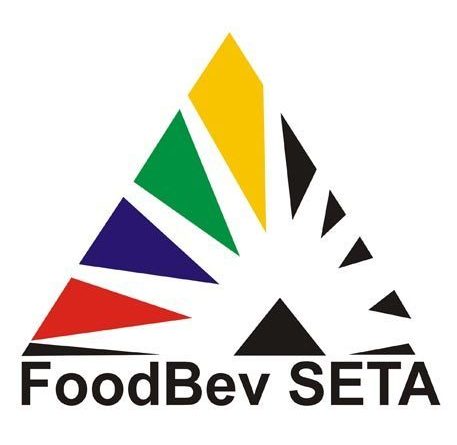FoodBev Manufacturing SETA prepares sector for technological and other headwinds
The food and beverage manufacturing sector turned over R185 billion for the third quarter of 2022, and it is one of the highest contributors to GDP in the manufacturing industry. It primarily consists of small companies (87%) and some large and medium well-known employers according to our 2022 levy-paying database.
The sector employs almost 190 000 people, about 59% of them are males according to the 2022 Workplace Skills Plan. The FoodBev Manufacturing SETA promotes and incentivizes skills development in this sector of the SA economy, and one of our priorities must clearly be to make better progress with transformation.
However, the food and beverage manufacturing sector faces internal and external pressures which include global competitiveness, health and nutrition, technological advancements, climate change and food safety. The most significant challenge is technological change. For example, a rising trend is digital twin technology which is used to create a virtual replication of a factory facilitating more effective production, system testing and maintenance.
These factors, and others such as ongoing loadshedding, the increase in the fuel price and skills shortages have forced businesses to change the way they operate. What is evident is that technological advancements mean that the SETA needs to reskill and upskill the workforce in the food and beverage manufacturing sector.
Preparing youth for future jobs
One of the ways we are preparing for the future world of work is through the partnership with the BRICS Business Council. The partnership supports two projects – the BRICS Future Skills Challenge and The Atlas of Emerging jobs for the sector, that prepare BRICS youth of member countries for future jobs. Competing on international platforms like this benefits the South African industry, as it ensures exposure to global skills and processes which may not be available here. Last year the challenge was hosted by China.
The South African team in 2022 comprised 240 applicants across 17 skills areas who are aged between 16 and 35. Young people from BRICS countries with skills in robotic process automation, mobile app development, data science, digital factory, cyber security and many other skills took part as individuals or teams in an online hackathon.
Participants are trained and exposed to real-world case studies where they solve problems in their specific skills area and design a solution with the support of experts. For example, the digital twin team had to design and optimise a virtual factory using digital twin software.
The FoodBev Manufacturing SETA sponsored this year’s BRICS Skills Challenge in a bid to get a better understanding of the future of our sector, as well as which challenges must be addressed and the necessary steps we need to take to build this future. The next step is to prioritise skills development by clarifying what kind of changes are needed to prepare our existing professions for the future and crucially, what this means for education and training.
Developing skills for future jobs
The gap between educational system supply and labour market demand leads to significant imbalances in the economy. We are preparing for the future of our sector via the Skills Technology Foresight workshop, which focuses on new professions that didn’t or don’t exist as well as those that face significant change.
This process allows us to identify future skill needs in the context of technological innovation and modernisation. This process has been successfully used in countries like Tunisia, Vietnam, Tanzania, Russia, Kazakhstan and others.
Participants build a shared vision of the sector’s future, taking into account technological, political and social changes. The first day of the workshop creates a future vision that helps us to understand what the future of the sector will look like, and unpacks which challenges need to be addressed and what steps are needed to build this future. During the second day, participants focus on skills to predict how the future will change existing professions and what it means for education and training.
After these two days, a report is prepared containing key findings of the workshop and recommendations for education and training processes.
Sector Skills Plan priorities
This will build on the FoodBev Manufacturing SETA Sector Skills Plan which has already shown that we must:
– Address skills shortages
– Transform the sector
– Increase innovation
– Plug skills gaps
– Offer career guidance and
– Support national priorities and plans.
The FoodBev SETA is determined to identify where South Africa is lagging in our industry and where we need to place resources and attention to address these issues. By undertaking these priorities, the SETA is working to ensure that those in the food and beverage manufacturing sector are able to grow and progress to flourish and meet the future with confidence.
The top 10 current hard-to-fill jobs in the FoodBev sector
– Food and beverage factory worker
– Millwright
– Finance manager
– Butcher
– Packaging manufacturing machine minder
– Food and beverage technician
– Manufacturing operations manager
– Commercial sales representative
– Production/operations supervisor (manufacturing)
– Winemaker
If we do not address future skills needs, the list of hard-to-fill jobs will continue to grow.




